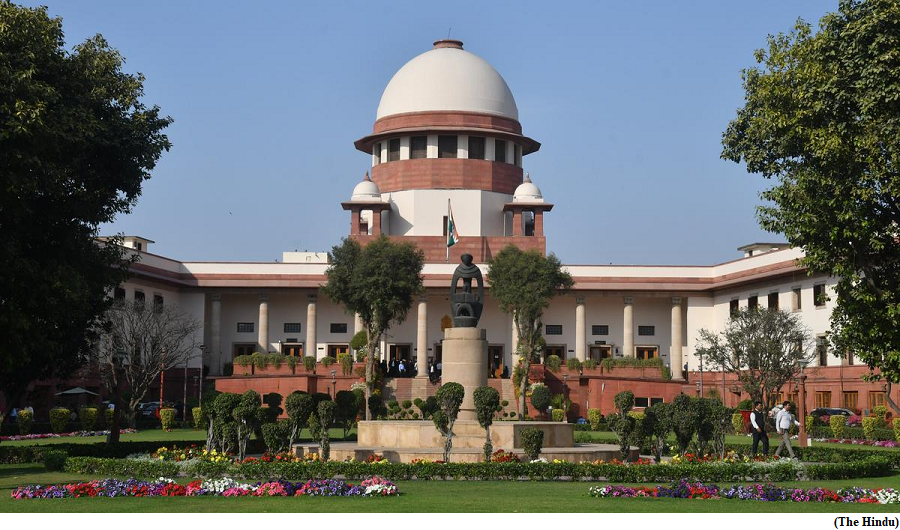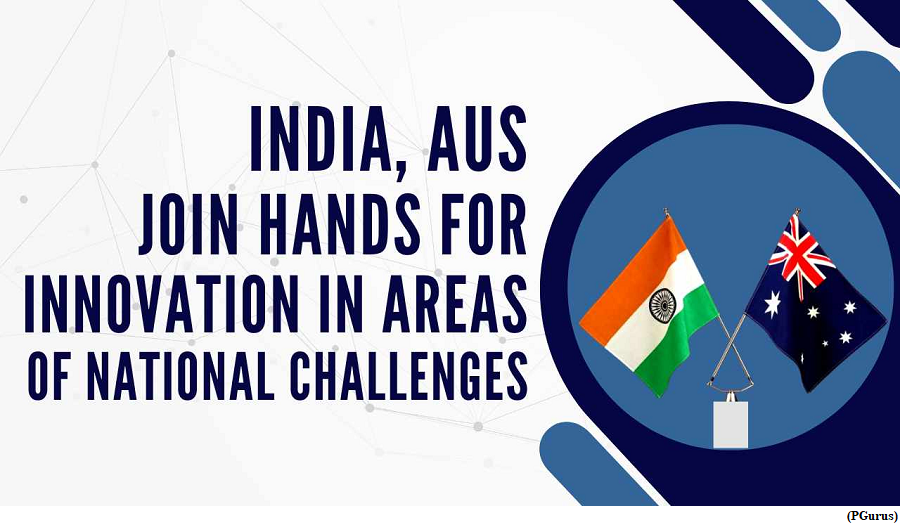Committee to oversee transfer and import of captive wild animals: SC (GS Paper 2, Judiciary)

Why in news?
- Recently, the Supreme Court has increased the jurisdiction and powers of a high-powered committee led by its former judge, Justice Deepak Verma.
Mandate:
- It has been allowed to conduct necessary checks and undertake fact-finding exercises concerning the import, transfer, procurement, rescue and rehabilitation of wild animals, including those in captivity, across India.
- The ambit of the committee was earlier restricted to Tripura and Gujarat.
- Now, the Chief Wildlife Wardens of the States would be co-opted as members of the committee. The panel would look into all pending and future complaints on the issue.
- The Committee may also consider the request for approval, dispute or grievance, concerning transfer or import into India or procurement or welfare of wild animals by any rescue or rehabilitation centre or zoo, by taking assistance and cooperation whenever needed from all departments and authorities across India.
Supreme authority:
- The court directed that State and Central authorities should “forthwith report seizure of wild animals or abandonment of captive wild animals to the committee and the committee shall be at liberty to recommend transfer of ownership of captive animals or of seized wild animals to any willing rescue centre or zoo for their immediate welfare, care and rehabilitation”.
Other Members:
- The other designated members of the committee include the Director General of Forests (Union of India), Head of Project Elephant Division (MoEF) and Member Secretary (Central Zoo Authority of India).
India and Australia join forces to drive innovation in areas of national challenges and shared priorities
(GS Paper 2, International Relation)
Why in news?
- Atal Innovation Mission (AIM), NITI Aayog and the Commonwealth Scientific and Industrial Research Organisation (CSIRO), Australia's national science agency, have joined hands by signing a Letter of Intent to encourage joint cooperation to drive innovation activities in areas of national challenges and shared priorities of both countries.
- The move comes during the India visit of the Australian Prime Minister.

India Australia Innovation and Technology Challenge (IA-ITC):
- The Letter of Intent between AIM and CSIRO calls for a greater collaboration in areas of mutual interest and strategic priorities and serves as a general framework for cooperation intended to facilitate the development of more program specific interventions.
- The core of the bilateral engagement is the India Australia Innovation and Technology Challenge (IA-ITC) - a program envisioned to bring together the innovation ecosystems of India and Australia to address shared environmental and economic challenges by supporting cohorts of start-ups and SMEs on their commercialisation pathways and bring to market innovative tech-based solutions spanning across circular economy, energy transition and food system resilience etc.
- The program intends to leverage the complementary capabilities and resources of the innovation ecosystem of both the countries.
Background:
- The IA-ITC builds on the success of the India Australia Circular Economy (IACE) hackathon 2021, which witnessed university students, start-ups, and SMEs from both India and Australia develop innovative tech-based solutions for circularity in food system value chain.
Way Forward:
- AIM and CSIRO are currently working on the design and development of the IA-ITC program delivery model to ensure the IA-ITC is sustainable, innovative, impactful and aligns with the strategic interests of both India and Australia.
- The official launch of the program is expected to be in July 2023.
World’s fastest camera confirms how flames form soot
(GS Paper 3, Science and Tech)
Why in news?
- Scientists from Germany and the U.S. have built the world’s fastest single-shot laser camera, 1,000x faster than its predecessors at capturing extremely short-lived events.
- They used the camera to provide the most precise view, of how a hydrocarbon flame produces soot, which can teach about how this important climate pollutant is produced in kitchen stoves, car engines, and wildfires.

LS-CUP:
- The device’s technique is called laser-sheet compressed ultrafast photography (LS-CUP).
- It can resolve a plane of a three-dimensional object like a flame or spray or any turbid media and can “resolve physical or chemical processes” in space and time.
- The LS-CUP consists of laser-sheet imaging, compressed sensing, and a standard streak camera. The laser sheet is a sheet of laser light that illuminates a stable kerosene flame.
- The sheet is emitted as a 15-nanosecond-wide pulse shot at the flame, triggering the release of different types of electromagnetic radiation.
- A beam-splitter splits the radiation signals to two measurement devices, to simultaneously study the evolution of different types of radiation.
- The streak camera, compressed sensing (which entails advanced signal-processing techniques), and prior knowledge of the time intervals at which each type of radiation is emitted are used to reconstruct the signals.
Demonstration:
- The researchers’ device can capture images at 12.5 billion frames per second. They used it to record the “emission, soot temperature, primary nanoparticle size, soot aggregate size, and the number of monomers” of polycyclic aromatic hydrocarbons, molecules that form soot.
- They found “strong experimental evidence in support of the theory and modelling of soot inception and growth mechanism in flames”. Such evidence can validate models that predict soot formation in industrial processes. Soot changes rainfall patterns and melts glaciers faster.
- In the test, the group was able to reconstruct 200 frames per shot.
Limitation:
- Its primary shortcoming, is the price: their setup cost more than ₹1.5 crore.




